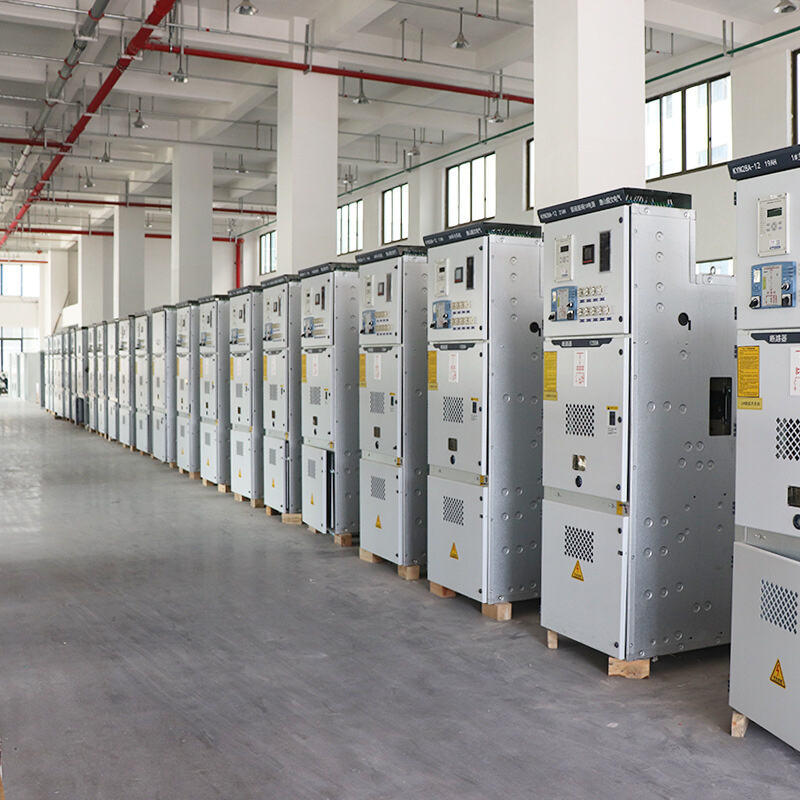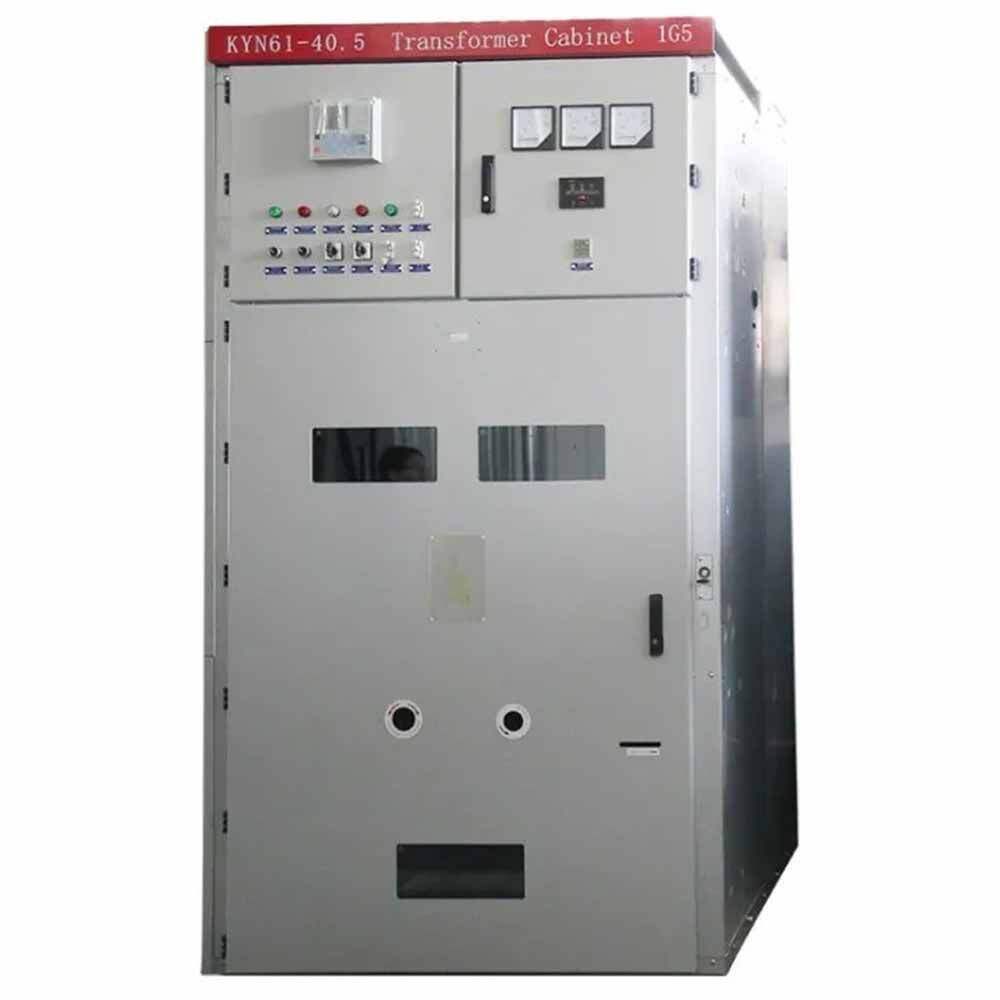preço da chave de manobra
O preço dos equipamentos de manobra representa uma consideração crucial nos investimentos em infraestrutura elétrica, abrangendo tanto o custo inicial de aquisição quanto as despesas operacionais de longo prazo. Os sistemas modernos de equipamentos de manobra, essenciais para controlar, proteger e isolar equipamentos elétricos, possuem diferentes faixas de preço com base nas classificações de tensão, capacidades de interrupção e grau de sofisticação tecnológica. A estrutura de preço normalmente inclui componentes básicos, como disjuntores, fusíveis, chaves e relés, além de recursos avançados, como sistemas digitais de monitoramento e capacidades de operação remota. Fatores que influenciam no preço dos equipamentos de manobra incluem a qualidade dos materiais, reputação da marca, certificações de segurança e conformidade com normas internacionais. Equipamentos de média tensão geralmente variam entre $50.000 e $200.000, enquanto unidades de alta tensão podem ultrapassar $500.000. Os custos de instalação, necessidades de manutenção e suporte pós-venda também impactam significativamente o investimento total. O mercado oferece opções isoladas a ar e isoladas a gás, cada uma com implicações de preço e benefícios operacionais distintos. Os fabricantes estão cada vez mais focados em oferecer soluções economicamente viáveis que equilibrem confiabilidade, segurança e considerações ambientais, tornando os preços dos equipamentos de manobra mais competitivos e orientados ao valor para diversas aplicações.


